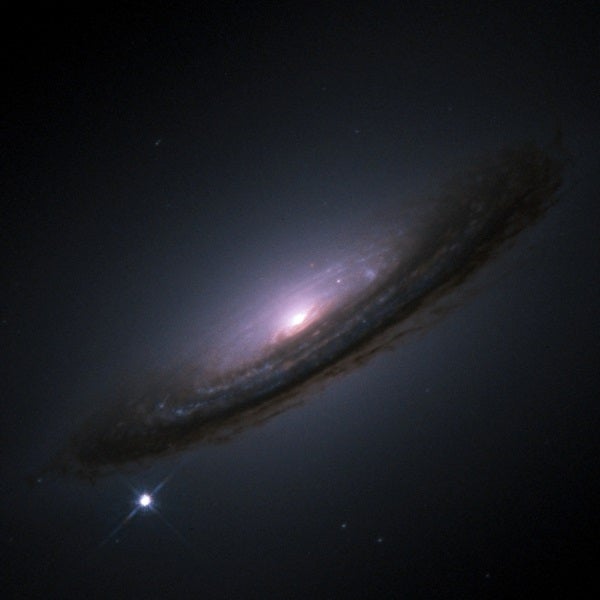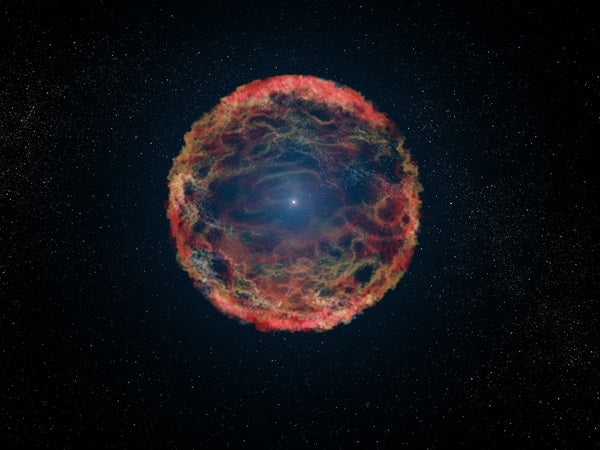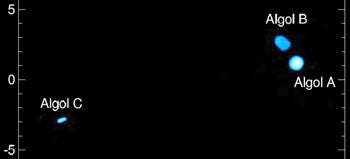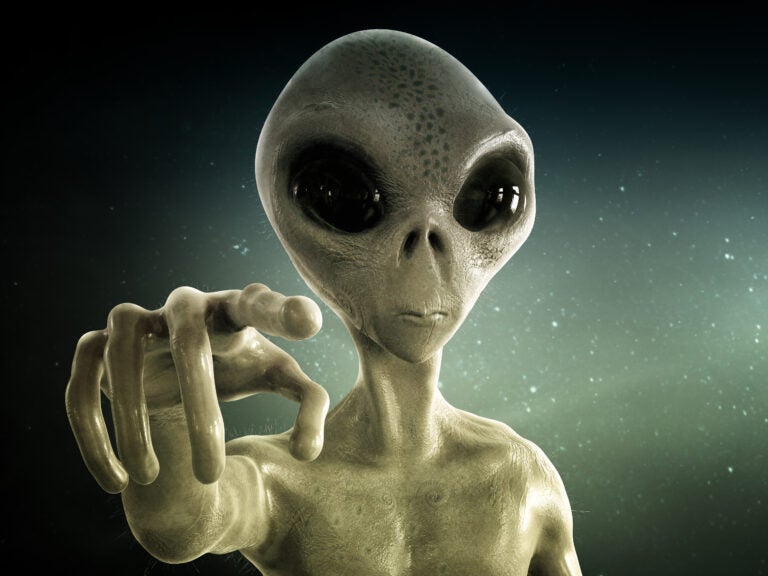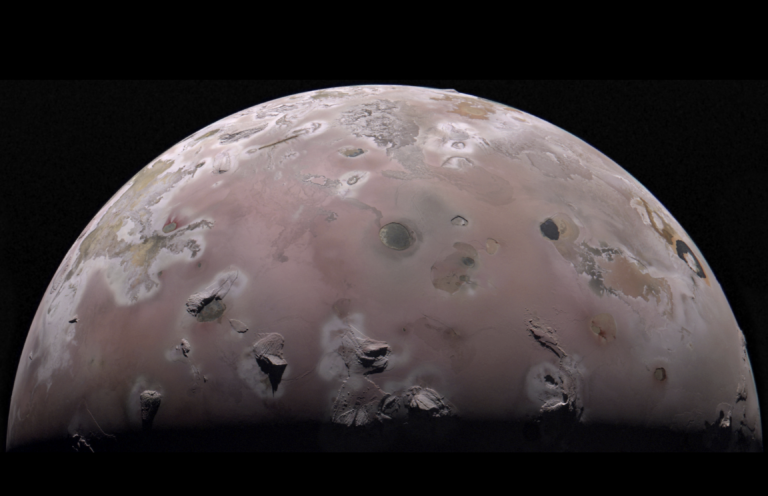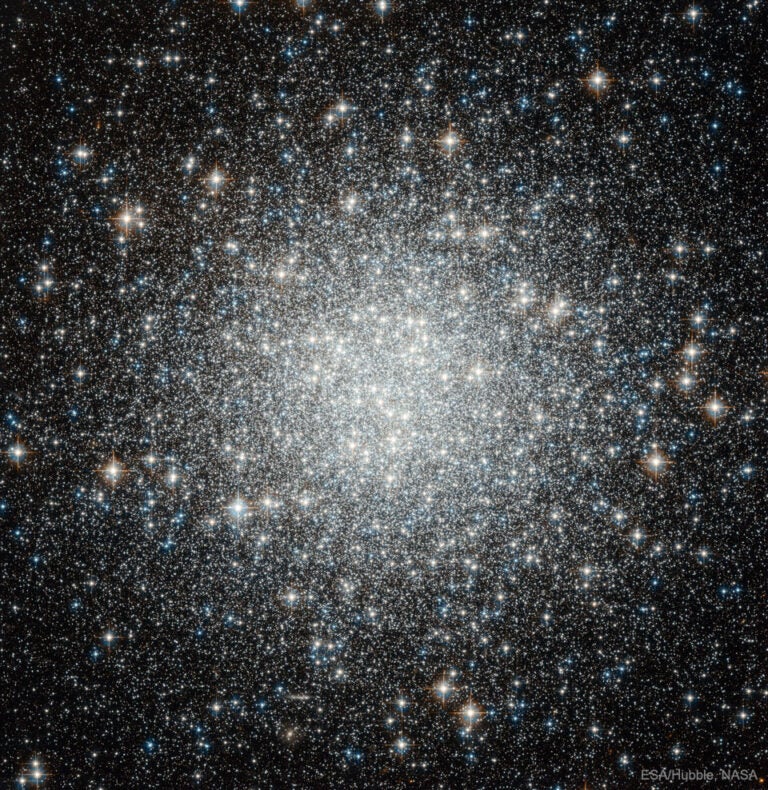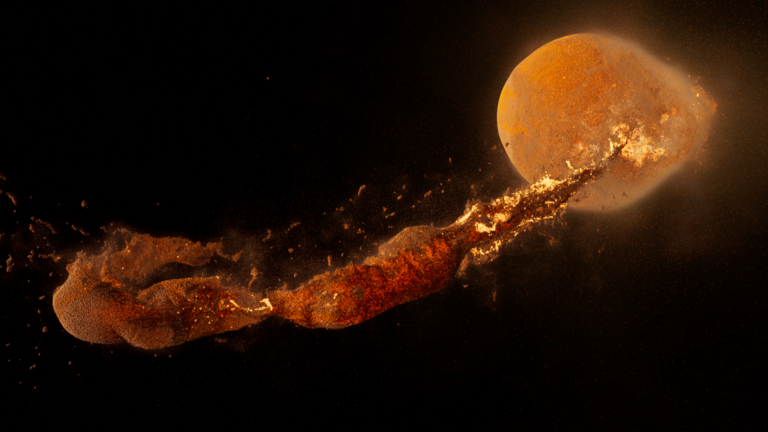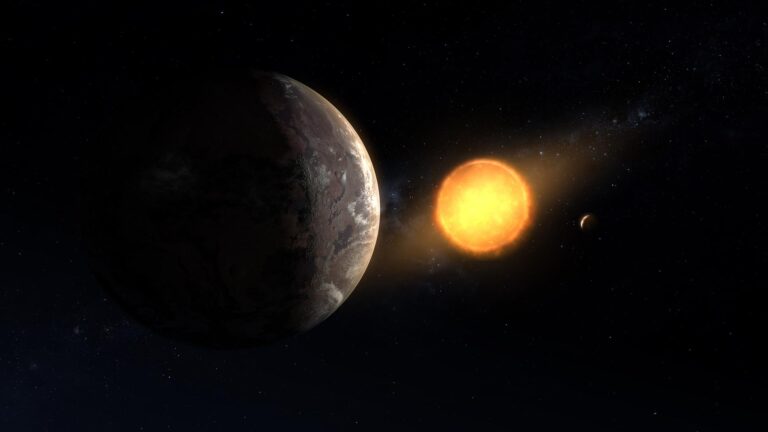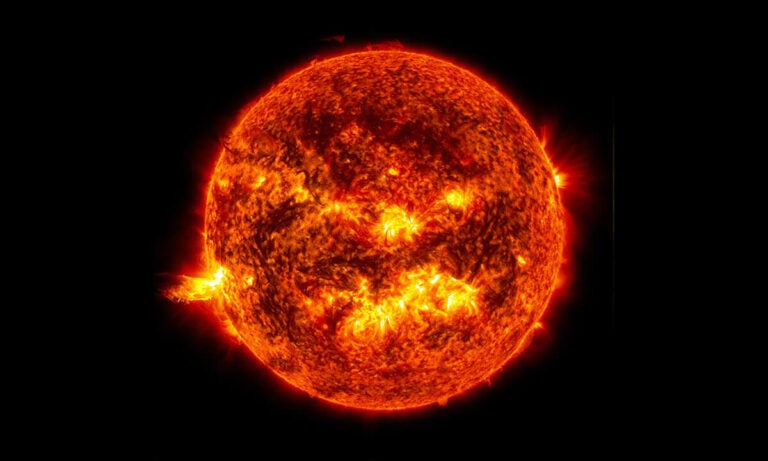Artificial brains called neural nets mimicking the way that our own gray matter works are increasingly finding use in astronomy, helping shed light on everything from supernova debris to binary stars.
Artificial intelligence researchers often seek to develop computers that can learn over time, just like humans. A common strategy these scientists pursue often involves building neural networks, which mimic the pathways of neurons inside the human brain.
In artificial neural networks, software or hardware “neurons” first receive a set of data and then cooperate to solve a problem, such as recognizing an image. The networks then alter the pattern of connections between their neurons to change the way they interact and attempt to solve the problem once more. Over time, after training on many different sets of data, the network learns which patterns of connections are best at computing solutions.
A Harvard team led by Ashley Villar, a graduate student in astronomy at Harvard University, used neural nets to study Type Ia supernovae. This kind of explosion occurs after a white dwarf star obliterates itself after siphoning off too much mass from a companion star.
All type 1a supernovae have relatively similar brightnesses, so astronomers use them as “standard candles” to measure cosmic distances — the dimmer a type Ia supernova appears to be, the farther away it is from Earth. Scientists rely on this data to investigate enigmas such as the mysterious accelerating expansion of the universe.
“Neural nets have had a lot of success in complex datasets involving images — for example, Facebook can recognize your face thanks to neural nets,” Villar says.
Still, there are sources of variation in the light from type Ia supernovae that can lead to systematic errors in studies of them. One source of such variation is the “metallicities” of the supernovae — that is, the abundances of elements heavier than hydrogen and helium.
Villar and her colleagues used a neural net to estimate type Ia supernovae metallicities directly from the spectrum of light seen from each one. They trained the neural net on spectra of 400 supernovae, estimating the metallicity of each supernova by looking at how metallic its host galaxy was.
Metallicity is a subtle property of supernovae spectra. “Even experts can’t look at a spectrum and say anything about the metallicity,” Villar says. Their findings suggest that neural nets can accurately measure a supernova’s metallicity solely from its spectrum.
“Going into the project, we didn’t know if the dataset would be of high enough quality to even do this type of project, so I’m honestly happily surprised that it works as well it does,” Villar says.
One virtue of using neural nets to analyze supernovae is that these systems can analyze the full set of data that researchers have gathered on each of these explosions. In contrast, astronomers currently often focus on just a few features of supernovae spectra to learn about them.
“It’s like trying to identify a rock song by only listening to the drums,” Villar said. “This project shows that neural nets can pick up complex features using all of the available data.”
Bigger stars, bigger problems
A different problem that cosmologist Eve Kovacs at Argonne National Laboratory and her colleagues investigated using neural nets involved discriminating between type Ia supernovae and core-collapse supernovae, which occur when giant stars run out of fuel, collapse to form extraordinarily dense nuggets in a fraction of a second and then rebound material explosively outward. Rather than wiping themselves out of existence, this type of supernova becomes a neutron star or a black hole.
Although scientists can unambiguously identify type Ia supernovae if they can look at the spectra of light they generate, “this requires substantial time on a large telescope with a spectrometer,” Kovacs said. “This time is very expensive, and for the thousands of supernovae discovered in current surveys, is not available.”
Instead, the researchers wanted to see if neural nets could distinguish the two kinds of supernovae just based on how the intensity of their light varies over time. After training their neural net on simulated data comprised of 1,652 type Ia supernovae and 1,560 core-collapse supernovae, Kovacs and her colleagues found when their system was tested with 1,652 type Ia supernovae and 195 core-collapse supernovae, it could distinguish the two kinds of explosions with 98.7 percent accuracy.
Beyond big explosions
In addition to supernova research, neural nets can help scientists dig up insights from the mountains of information that astronomers are now collecting from satellites and observatories. For instance, graduate researcher Connor Hause and astrophysicist Andrej Prsa at Villanova University and their colleagues found that neural nets can help analyze the vast amounts of data regarding eclipsing binaries — that is, pairs of stars in binary systems that occasionally eclipse one another.
Eclipsing binaries can yield a great deal of details on the orbits, comparative temperatures, and other fundamental properties of the stars in these systems. “Their study also enables the testing of many stellar evolution theories, as well as helping determine distances to objects both within and outside our galaxy,” Hause says.
Hause, Prsa and their colleagues found that neural nets trained to analyze the light from nearly 21,000 simulated eclipsing binaries could automatically compute the physical parameters of 2,875 eclipsing binaries spotted by NASA’s Kepler space observatory in only 36 hours. Hause adds that neural networks can also perform such automated analysis can other kinds of star systems besides eclipsing binaries.
“Although the training process normally takes tens of hours to complete, hundreds of thousands of observations can be parameterized by a trained artificial neural network in a matter of seconds,” Hause says. “Successful implementations of artificial neural network systems will ensure that scientific yield keeps pace with future data collection rates.”
As powerful as neural nets are for astronomy research, a weakness of theirs is that while a neural net might tell you what the answer to a problem is, “it will not tell you why,” Villar says. This makes it difficult to determine “what physics it is actually telling us about,” she says. “It’s up to the scientist to figure out what the neural net learned.”
All three teams of researchers detailed their findings in January at the 229th American Astronomical Society meeting in Grapevine, Texas.

